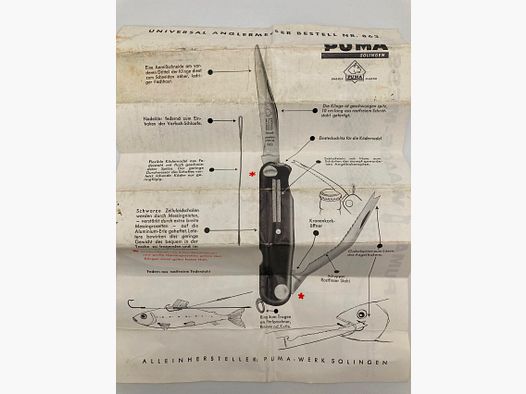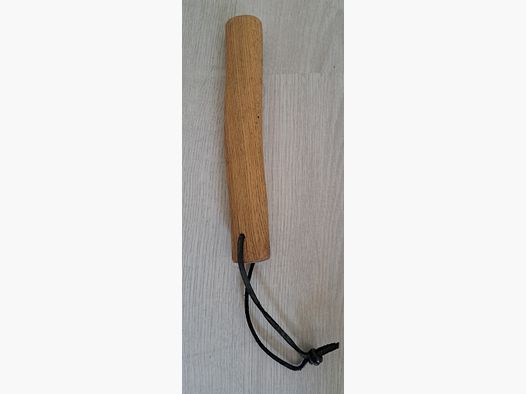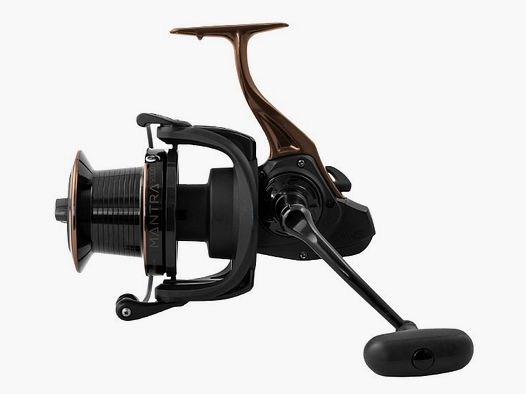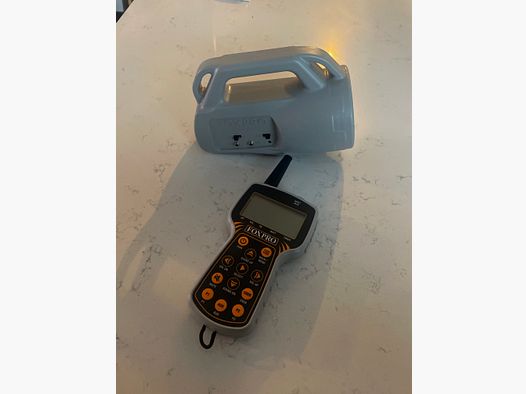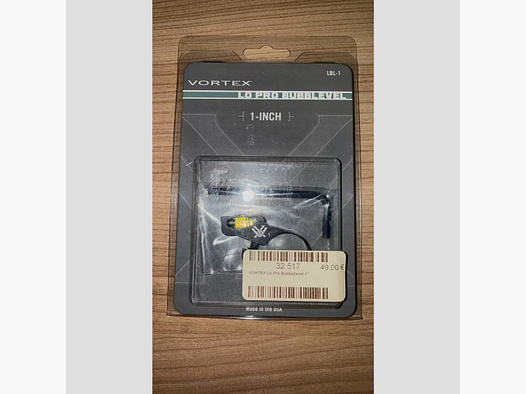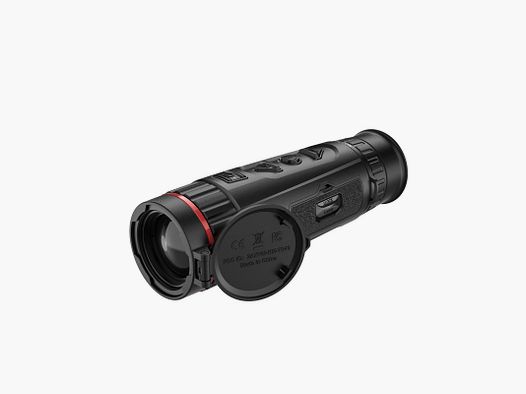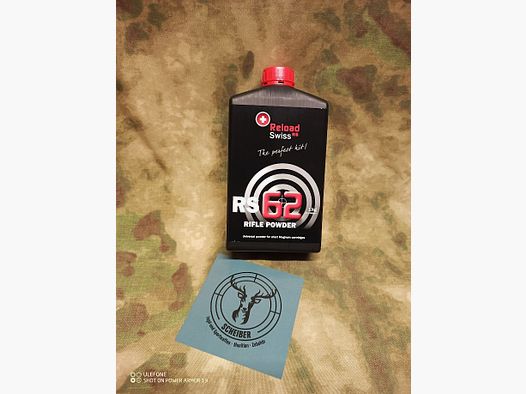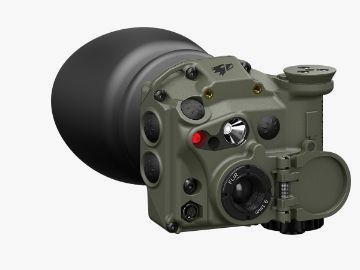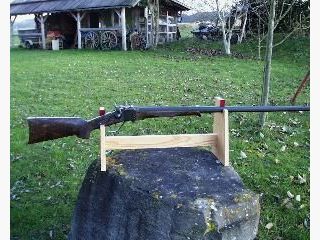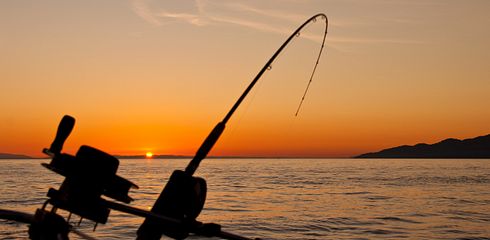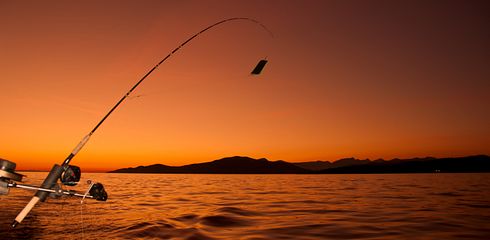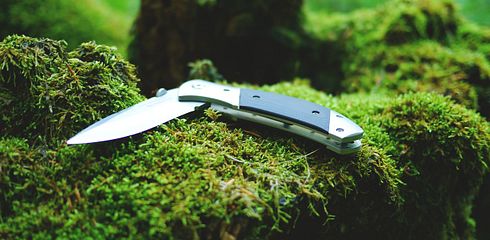Choosing the right fishing spot is crucial for the success of a fishing trip. A well-chosen location can make the difference between a frustrating day without fish and an unforgettable fishing adventure. For beginners, the search for the perfect fishing spot may initially seem overwhelming, but with some basic tips and a bit of experience, finding the ideal spot will become a rewarding skill.
1. Water Knowledge: Understand Your Fishing Area
Before you start looking for the perfect fishing spot, it is important to understand the body of water where you want to fish. This means not only studying the water map but also considering the characteristics and peculiarities of the water. Here are some tips:
Topography of the Water: Examine the structure of the water, including underwater structures such as weed beds, rocks, trenches, or shallows. Fish tend to stay near these structures.
Fish Activity: Learn about the activity of the fish species in the water. Some fish prefer shallow shore areas, while others move to deeper sections of the water.
Weather and Season: Consider the weather conditions and the season. In warm months, fish may be found in shallower water, while in colder months, they seek deeper waters.
2. On-Site Observation: Keep an Eye Out for Signs of Fish Activity
When you are at the water, on-site observation is crucial. Sharpen your senses and look for signs of fish activity:
Birds and Other Animals: Birds, especially seagulls or herons, can indicate schools of fish. Pay attention to their movements and look for splashing water or rising bubbles.
Underwater Movements: Watch the water for signs of fish activity such as rising air bubbles, waves, or mysterious movements on the water's surface.
Plants and Structure: Look for underwater structures, plants, and hiding spots that could be potential spawning areas or shelters for fish.
3. Weather Conditions: Understanding the Influence on Fish Behavior
The weather plays a crucial role in fish behavior. Consider the following:
Air Pressure: Falling air pressure, typical of bad weather, can make fish more active. Take this opportunity to head out and fish.
Wind Direction: Wind can create surface movements in the water and attract fish. Pay attention to how the wind blows across the water.
Air and Water Temperature: Fish are temperature-sensitive. In warm months, they may prefer cooler water depths.
4. Accessibility and Safety: Choosing the Right Spot
A perfect fishing spot is not only ideal for the fish but also accessible and safe for the angler:
Accessibility: Ensure that the fishing spot is easy to reach and provides enough space for your equipment. A well-accessible spot saves time and effort.
Safety: Be aware of potential hazards, such as strong currents, steep banks, or obstacles in the water. Safety always comes first.
5. Experiment and Learn: Experience Makes the Master
Finally, the best way to find the perfect fishing spot is to experiment and learn from experience. Every trip to the water offers the opportunity to learn more about the waters, fish species, and fishing techniques. Don't be afraid to try different spots and document your observations.
In the world of fishing, there is no "one perfect spot," but rather many waiting to be discovered by you. With these tips in mind, you can increase your chances of a successful catch while enjoying the beauty of nature. Tight lines and good luck finding your perfect fishing spot!




